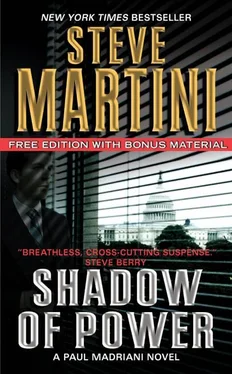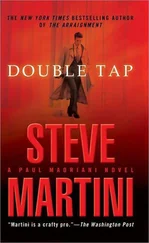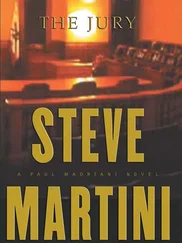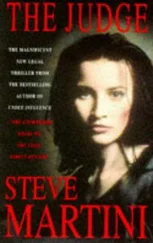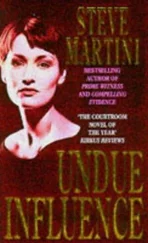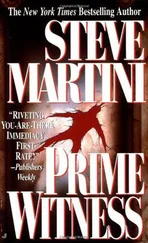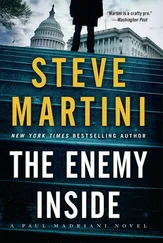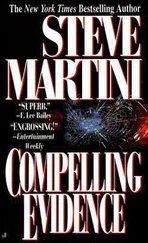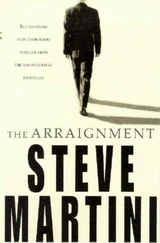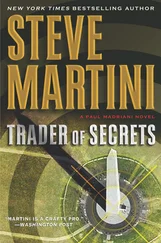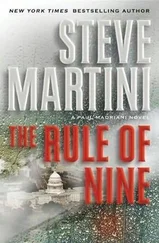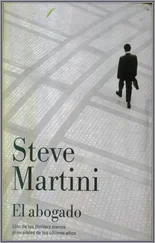Even from a few feet away, they can’t miss the large, rust-hued photograph, probably a daguerreotype dating to the Civil War. It is a picture of a black slave, his hands chained as he stands withered and dazed, his head lifted, looking straight ahead. Around his neck a heavy iron ring has been bolted closed. Sprouting outward from this ring, like rays from the sun, are footlong sharpened spikes, so that the man cannot even lay his head on the ground to rest. If you look closely, you can see scars on his shoulder where the lash of a whip has opened the skin like a plow turning furrows in the earth.
“This is a book about the evils of slavery.” Tuchio looks over at me as he says this, almost begging for an objection.
He knows Quinn would slap me down. As long as Tuchio doesn’t veer into argument or dally too long at the fringes, the judge will give him leeway in his opening, enough to make his case if he has the proof.
“It is a book about the burdens and brutality of an institution that many believe has left painful social stigmas. Stigmas that still divide this country, even today.”
“Amen.” A single loud male voice from the audience.
Quinn grabs his gavel and slaps it once as he looks out from behind an angry stare.
He could have the deputies start searching the aisles for the miscreant, but Tuchio doesn’t give him time.
“Among other things this book recites portions of the United States Constitution, provisions written more than two hundred years ago, provisions that allowed human beings, African Americans, to be held in bondage, owned by other Americans as slaves. Of course, most of us are aware of this, the history of slavery, the Civil War, all of that. But what’s more, this book informed the public of what many people, people who are not lawyers, did not know-that this language, the odious language of slavery written so many years ago, that this language remains to this day a part of our Constitution.” A few eyes in the jury box open up wide at the revelation.
“Oh, slavery was abolished sure enough, repealed by amendments after the Civil War. But the language of slavery was never actually removed from the text of the Constitution. Most people don’t know that,” he says. “And many are offended by it. It remains there in the Constitution as a visible stigma of what it is to be black in America.”
“Your Honor, I’m going to object.” I’m on my feet.
The judge is nodding. “I agree. Mr. Tuchio, what does this have to do-”
“I’ve made the point, Your Honor, if you’ll allow me to move on.”
“Please do.”
Tuchio thinks for a moment, regroups. “This book, and the message that it contained, was the reason Mr. Scarborough was in San Diego that day, the day he was killed. He was on a book tour, doing readings at local bookshops and sitting for news interviews on television and radio.”
He turns the book over in his hand so that when he holds it up again for the jury to see, they are no longer looking at the front cover, but the back, the full-size color photograph of Scarborough taken somewhere in a studio, his blue eyes peering out at them, his dark hair neatly combed, his tanned face smiling in the full flush of life.
The Tush has more pictures of Scarborough. The jury will see those later. I’ve seen them already, crime-scene shots from the hotel and others from the morgue. The contrast between the one in his hand and those will not be good for our side.
“What Terry Scarborough could not know that morning, what he didn’t know that day, was that it would be his last. Because as he sat there in that hotel room savoring his success after a long, hard effort of research and writing, Terry Scarborough was brutally and savagely beaten to death, by a killer using of all things the sharp, naked claws of a carpenter’s hammer.”
A couple of the women on the jury wince. Tuchio now has their undivided attention.
“So ask yourself, what led to this crime? Was it the result of some dispute, an act of passion or rage following an argument? We don’t know what was going through Mr. Scarborough’s mind at the moment of his death, other than the claws of that hammer. But what we do know, based on evidence that we will produce here in this courtroom, is that the killer did not confront his victim face-to-face. We will produce evidence showing that the person who killed Mr. Scarborough did not give him even the slightest chance to defend himself. No. No. The state will present evidence that Terry Scarborough”-he points again to the picture on the book jacket-“never saw his killer, because the person who struck him with that hammer came at him unseen from out of the shadows, from behind, as Terry Scarborough sat in his hotel room, in a chair, making notes.”
He finally drops the hand holding the book.
“This is not a long and tortured story, a tale of intrigue, of some dark deed in the heat of passion between people who knew each other. In fact, if we were able to bring Terry Scarborough back to life and bring him here into this courtroom today and point to his killer, Mr. Scarborough wouldn’t recognize him, because he never knew him. He never met him, except in that brief instant of violence at opposite ends of a bloody hammer.
“Ladies and gentlemen, the state will present evidence that the defendant”-he points at Carl-“Carl Everett Arnsberg, was an employee at the hotel where Terry Scarborough stayed, the hotel where he was killed. We will show that the defendant, Carl Arnsberg, had access to master keys that would allow him to enter the rooms of hotel guests, including the room of the victim, Terry Scarborough.”
Tuchio takes a few steps.
“The state will present evidence that the murder weapon, the hammer used to kill Terry Scarborough, belonged to that same hotel where the victim, Terry Scarborough, was staying and where he was murdered. We will present evidence that this hammer was normally kept with other tools, locked inside a maintenance closet located on the same floor as the victim’s room, and that the defendant”-he points again-“Carl Everett Arnsberg, possessed a key to that maintenance locker.”
Tuchio starts with the little stuff and works up. Always leave them on a high note.
“The state will present evidence of shoe impressions, impressions left in the blood of the victim on the floor of the hotel room where Terry Scarborough was murdered, impressions that match shoes”-his finger is like a pistol now-“owned by, and found by police in the residence of, the defendant, Carl Everett Arnsberg.”
Tuchio’s tush is beginning to rock and roll.
“The state will present evidence from witnesses who will testify that fingerprints found on the bloody handle of the murder weapon, the hammer used to kill Terry Scarborough, match the fingerprints of the defendant, Carl Everett Arnsberg.” He points again, now getting into high gear the rapid staccato of his case. From behind he’s starting to move like Buddy Holly.
“The state will present evidence that when he was arrested, the defendant, Carl Everett Arnsberg, had in his possession, both on his person and in his apartment, items showing the schedule and locations where the victim, Terry Scarborough, was slated to speak and to sign books.”
It is this that forms one of the bases for the death penalty, the theory that Arnsberg was stalking his victim.
“Finally we will produce witnesses who will testify here before you in open court that in the days just before Terry Scarborough was murdered, this defendant, Carl Everett Arnsberg, met with others and made statements indicating a clear and open hostility toward the victim, Terry Scarborough. We will show that that hostility was based on the defendant’s objections and his outright hatred for the ideas and thoughts espoused by Terry Scarborough and published in this book.” Tuchio now holds it up high. “We will show that the defendant, Carl Everett Arnsberg, in the presence of others, stated a clear willingness and intention to commit serious acts of violence upon the victim, Terry Scarborough.”
Читать дальше
